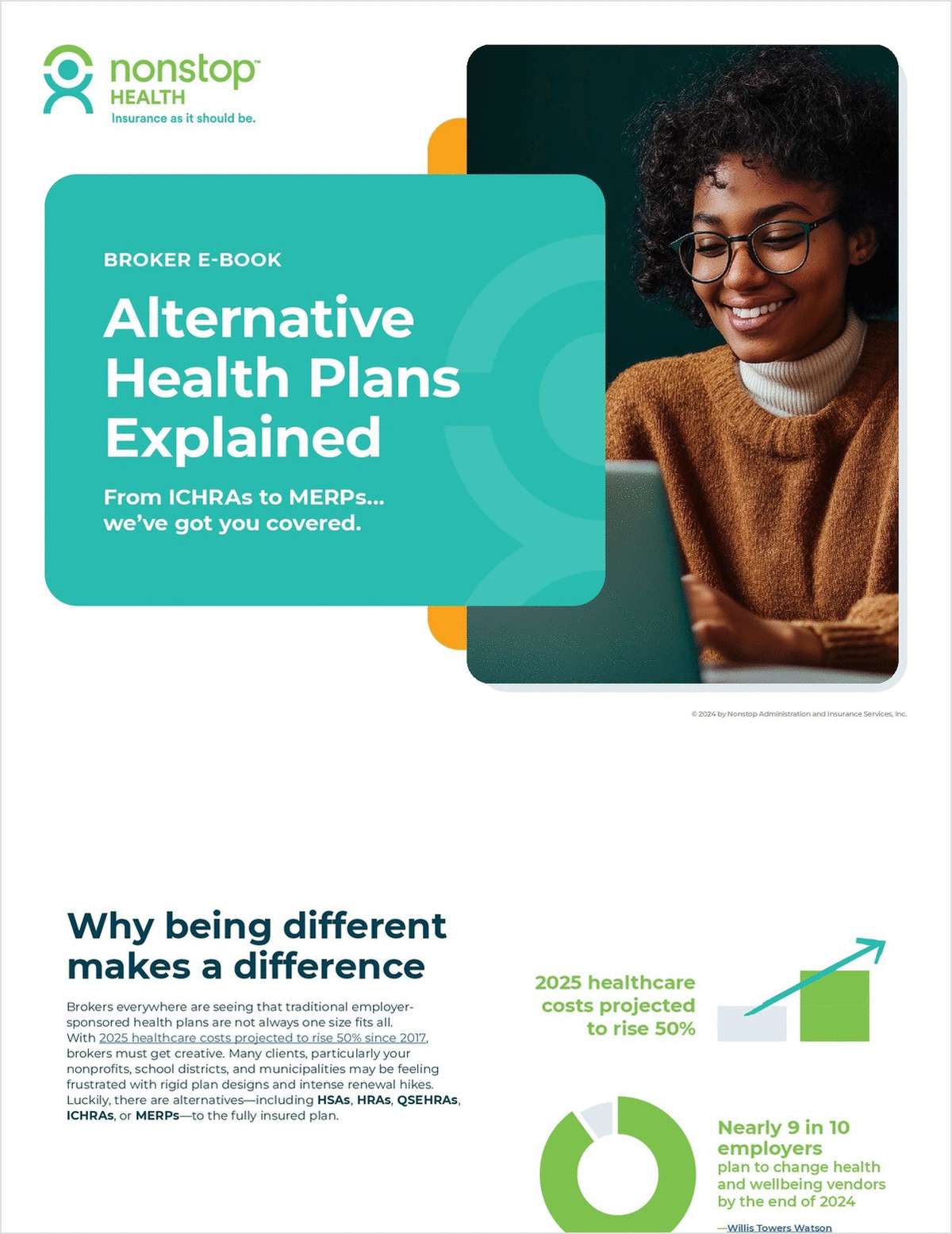Federal regulators will make employers that want to get out of the mental health parity requirements go through a rigorous testing and documentation process.
In theory, the law lets employers get out of complying with the parity requirements if they can show complying has increased their costs at least 2 percent during the first plan year in which the requirements apply or at least 1 percent in later plan years.
To qualify for that exemption, an employer normally will have to come up with five years of plan spending data, and a note certifying benefits cost increases "certified by a qualified and licensed actuary who is a member in good standing of the American Academy of Actuaries," officials say in the preamble to the new final regulations, for the Mental Health Parity and Addiction Equity Act of 2008 (MHPAEA).
Complete your profile to continue reading and get FREE access to BenefitsPRO, part of your ALM digital membership.
Your access to unlimited BenefitsPRO content isn’t changing.
Once you are an ALM digital member, you’ll receive:
- Breaking benefits news and analysis, on-site and via our newsletters and custom alerts
- Educational webcasts, white papers, and ebooks from industry thought leaders
- Critical converage of the property casualty insurance and financial advisory markets on our other ALM sites, PropertyCasualty360 and ThinkAdvisor
Already have an account? Sign In Now
© 2024 ALM Global, LLC, All Rights Reserved. Request academic re-use from www.copyright.com. All other uses, submit a request to [email protected]. For more information visit Asset & Logo Licensing.








